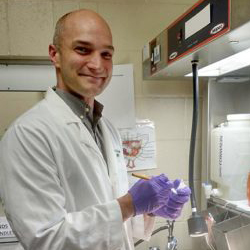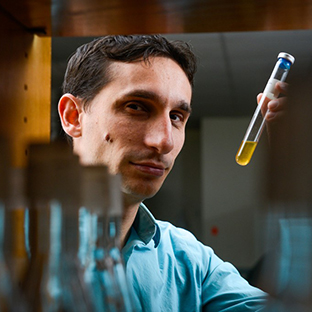
The following post is a reprint of an article by Linda Giampa, Executive Director for Bay Area Lyme Foundation, for Money Inc.
The article is the first in a series where she shares her observations having made the transition from for profit technology to the nonprofit world here at Bay Area Lyme.
***********************************************************************
While the high-tech business sector is so fast-paced that every day offers valuable progress, my days as CEO in this industry still left me wanting to do more. As many of you can appreciate, I longed to truly make a difference in the lives of other people. And although I did get incredible satisfaction from our company’s progress, I wanted my contribution to society to be more than helping to improve the speed and efficiency of the business world.
So, I decided to make a major life change.
As I considered a range of non-profit opportunities, I focused on identifying a role that would allow me to continue the fast-pace I was used to. It was also important that I use the leadership, operations, marketing and sales skills I had learned and honed through years climbing the ranks of Oracle and helping to start and run several other software companies.
 Lyme disease is a nationally notifiable disease, recognized and tracked by the federal government
Lyme disease is a nationally notifiable disease, recognized and tracked by the federal government  This week, we feature a guest post from
This week, we feature a guest post from  Sharane Dorrah is on a mission … A passionate hiker, mountain biker, skier, and general outdoors enthusiast who suffered years of debilitating illness due to the unfortunate bite of a Lyme-infected tick, Sharane is determined to ensure that the rest of the world avoid her nightmare through greater awareness and protection.
Sharane Dorrah is on a mission … A passionate hiker, mountain biker, skier, and general outdoors enthusiast who suffered years of debilitating illness due to the unfortunate bite of a Lyme-infected tick, Sharane is determined to ensure that the rest of the world avoid her nightmare through greater awareness and protection. Lyme disease, if treated early, can usually be successfully eradicated with antibiotics. Unfortunately, as many patients know, if it is not diagnosed early, it can cause debilitating sickness and a myriad of symptoms that are much harder to treat. And not all treatments are covered by insurance, making the whole experience potentially very financially as well as physically draining.
Lyme disease, if treated early, can usually be successfully eradicated with antibiotics. Unfortunately, as many patients know, if it is not diagnosed early, it can cause debilitating sickness and a myriad of symptoms that are much harder to treat. And not all treatments are covered by insurance, making the whole experience potentially very financially as well as physically draining. Bay Area Lyme
Bay Area Lyme Dr. Chase Beisel is an Assistant Professor at
Dr. Chase Beisel is an Assistant Professor at